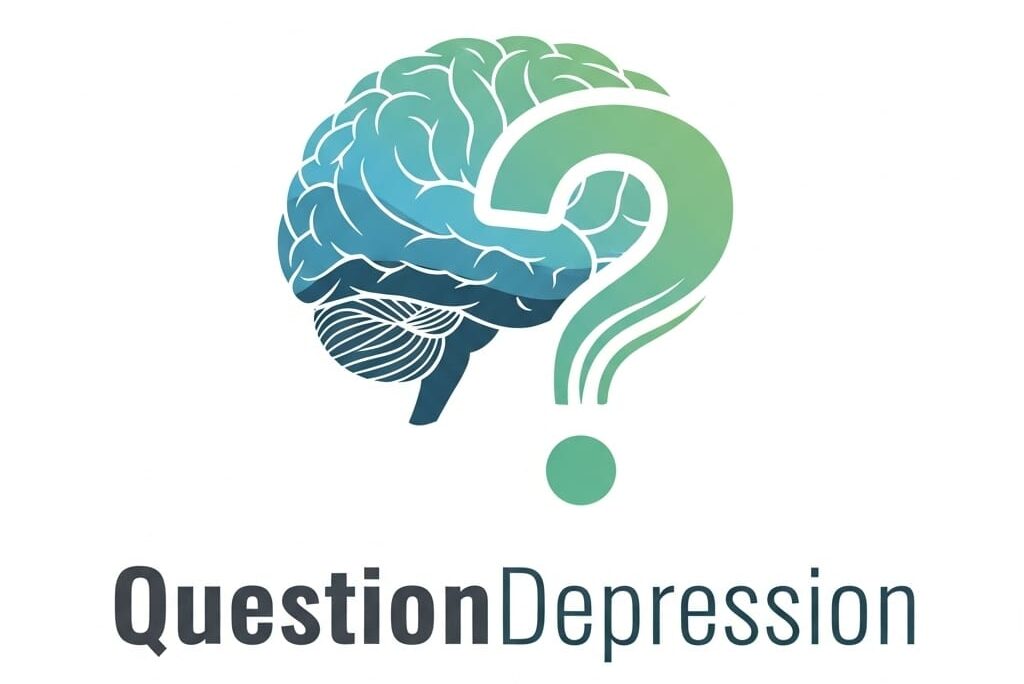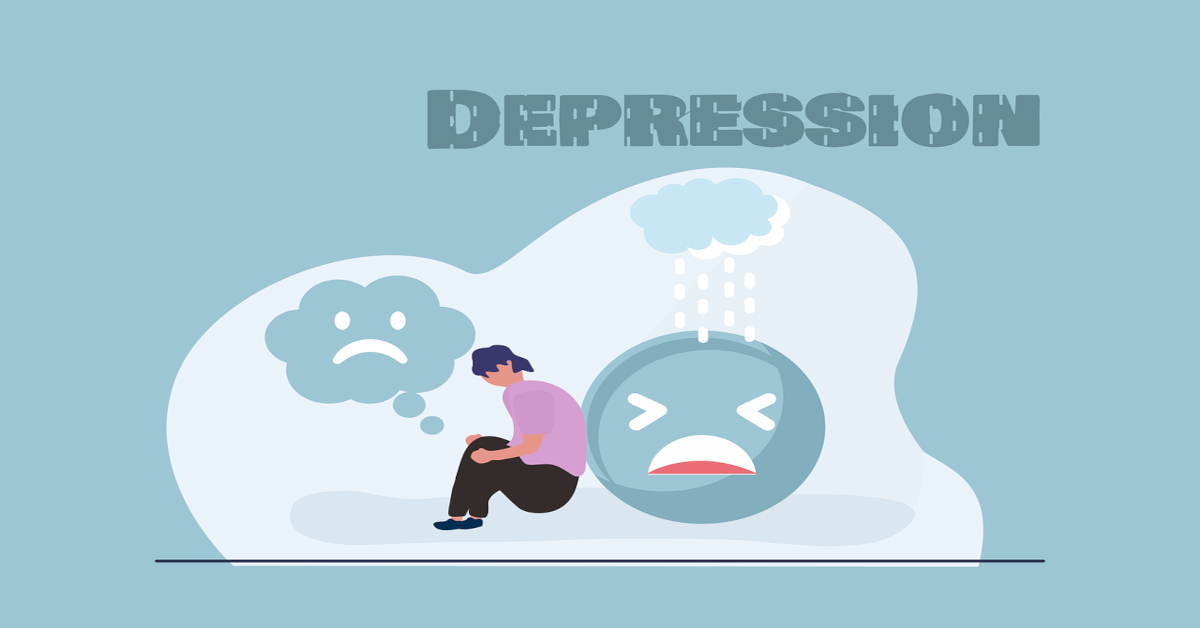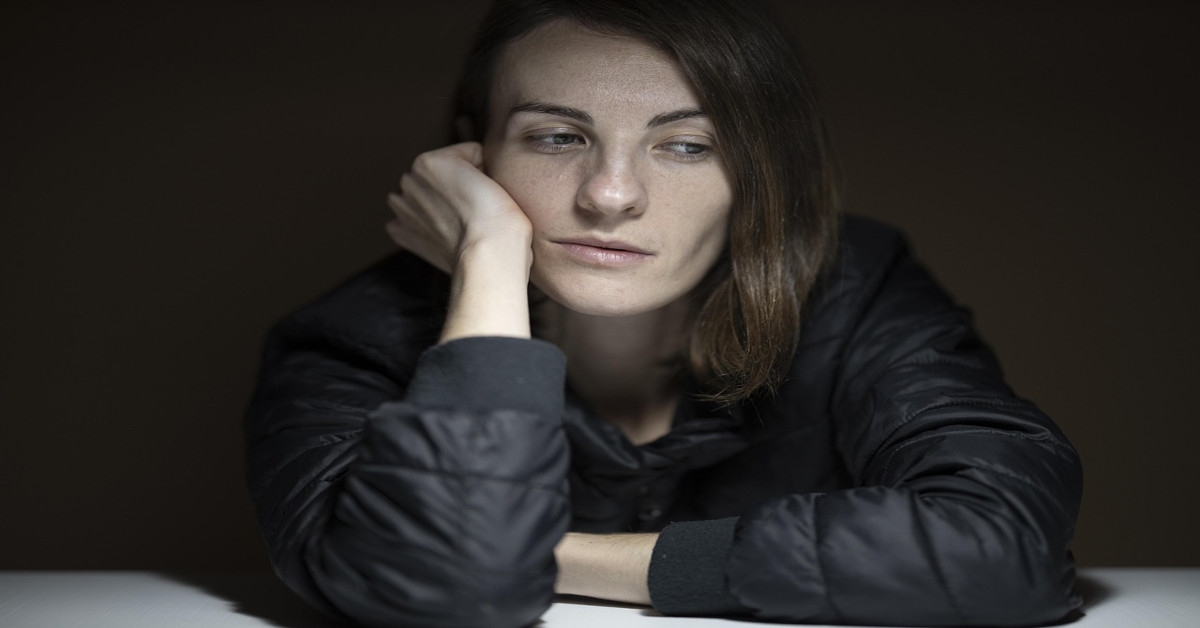Acute and chronic depression vary in duration, severity, and underlying causes.
One can also lead to the other.
For example, although I became acutely depressed at first due to issues at work and a pessimistic mindset, that evolved into a persistent, low-grade depression eventually.
That’s why I compiled a breakdown of their main differences:
-
- Definition
A short-term, intense episode of depression.
-
- Duration
Typically lasts weeks to a few months (often less than six months).
-
- Symptoms
Severe sadness, loss of interest, sleep disturbances, changes in appetite, fatigue, and suicidal thoughts.
-
- Triggers
Often linked to a specific event like trauma, grief, or stress.
Can improve with therapy, medication, or lifestyle changes.
-
- Onset and progression
Develops suddenly in response to a specific stressor, such as the loss of a loved one, job loss, or trauma. Symptoms peak quickly.
-
- Impact on daily functioning
Frequently severely impacts daily activities, sometimes leading to complete withdrawal from work, relationships, and responsibilities.
-
- Brain chemistry and biological factors
It can result from a temporary imbalance of neurotransmitters (serotonin, dopamine) due to stress or trauma.
-
- Treatment response and recovery
May respond quickly to treatment (therapy, medication, or lifestyle changes), notably if the underlying cause is addressed.
-
- Risk of recurrence
Recurrence is less likely if properly treated and the trigger is resolved. However, it could develop into chronic depression if left untreated.
-
- Subtypes and related conditions
These can include major depressive disorder (MDD) or depressive episodes within bipolar disorder.
-
- Definition
A long-lasting, milder form of depression.
-
- Duration
Symptoms persist for at least two years (for most days).
-
- Symptoms
Less intense but persistent sadness, low energy, low self-esteem, and difficulty concentrating.
-
- Triggers
Often linked to biological, genetic, or environmental factors rather than a specific event.
Requires long-term therapy, medication, and lifestyle modifications.
-
- Onset and progression
Develops gradually over time, often without a clear triggering event.
The person may not even recognize they are depressed because they have felt this way for so long that it almost feels normal.
-
- Impact on daily functioning
Allows for some level of functioning but with continued difficulties in maintaining motivation, productivity, and relationships over time.
-
- Brain chemistry and biological factors
More likely to involve long-term dysregulation of brain chemicals and structural brain changes, like hippocampal shrinkage linked to prolonged stress.
-
- Treatment response and recovery
Requires long-term treatment and management. Symptoms may wax and wane over time, rather than fully resolving.
-
- Risk of recurrence
High risk of recurrence. Symptoms can return even after periods of improvement, often triggered by tension or life changes.
-
- Subtypes and related conditions
Often classified as persistent depressive disorder (PDD, formerly dysthymia), but it can also include double depression (PDD with major depressive episodes).
Summarized
- Acute depression is intense but temporary.
- Chronic depression is milder but lasts for years.
- Both can harm daily life and may require professional treatment.
Final thoughts
The main takeaway is that acute depression is a sudden and intense episode, while chronic depression is a long-lasting, persistent condition that subtly affects many aspects of life over time.
Both require distinct treatment approaches, and understanding these differences is crucial for proper diagnosis and support.
Join our forum and Facebook
Please consider joining our forum and Facebook if you enjoyed reading this and would like to chat with like-minded peers about anything depression related.
It would certainly go a long way toward making my dream of creating a thriving, supportive community a reality!



